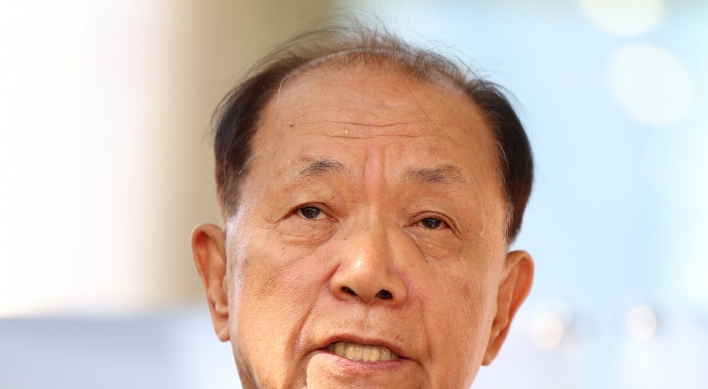[Editorial] Rush of retakers
Necessary changes in college admission to bring flood of Suneung retakers
By Korea HeraldPublished : Jan. 31, 2024 - 05:30
Any change related to college admissions is an issue of paramount interest in South Korea, as it concerns not only pupils in middle and high schools, but also hundreds of thousands of high school graduates who plan to retake the annual state-administered exam.
The retakers, known as “jaesusaeng” (second-timers), “samsusaeng” (third-timers) and “N-susaeng” (those sitting for the Suneung for the Nth time), are either already enrolled in colleges or are not registered in higher education. But, like their younger peers, they support an enormous shadow education industry, as most retakers go to cram schools or take online courses.
The percentage of retakers in last year’s Suneung stood at 35.3 percent (177,942 people), the largest in 28 years. The number of N-susaeng is also expected to exceed 175,000 this year.
In Seoul’s Gangnam, where the nation’s most competitive cram schools, or hagwon, are clustered, up to 80 percent of seniors in a high school choose to retake. As the Suneung is perceived to be easier the longer you prepare for it, retakers have only snowballed, despite the decline in the school-age population.
The hagwon industry is anticipating a major rush of N-susaeng this year for three reasons. First, the Suneung in November was widely considered to be difficult. Second, the government is set to announce a major increase in the total medical school student quota early next month -- “by at least 1,000” according to an official cited by Yonhap. Third, universities will unveil their plans in April to increase the number of students who are admitted without a major.
After President Yoon Suk Yeol called for the elimination of “killer" questions, meaning the extremely difficult problems that involve material not covered in the high school curriculum, the Suneung administrator increased “semi-killer" questions, which are nonetheless very difficult. Getting rid of ridiculously grueling problems is a necessary step to easing the burden on children, even if it is not enough on its own, as the race to enter prestigious universities begins as early as kindergarten.
The upcoming increase of the medical student quota is something almost the entire nation has wanted for years, but couldn’t achieve due to fierce opposition from the Korean Medical Association. The combined annual student admissions quota at medical schools across the country has remained unchanged at 3,058 since 2006. In addition to raising the quota, the government plans to unveil a set of policies to help draw more doctors to what is known here as “essential medical care” such as pediatrics, cardiothoracic surgery, general surgery, obstetrics and gynecology, as well as hospitals outside the greater Seoul area which have suffered a chronic shortage of doctors.
The much-needed surge in medical schools’ student intake, starting this year, however, will entail a consequence of lesser importance -- a greater number of pupils giving the Suneung another try to attain a license to practice medicine.
Lastly, the government plans to have a quarter of all college students admitted without a major and allow them to choose their major later on. Education Minister Lee Ju-ho said the goal of reaching 25 percent remains steadfast, although the ministry has retracted an earlier plan to offer incentives only to universities that do, starting from the next school year.
While there is resistance from mainly liberal arts colleges that the ministry should find a solution to, this is also a forward-looking step in a rapidly evolving industrial landscape where many college graduates end up doing something unrelated to their majors. Many universities overseas such as Stanford, Harvard and UCLA do not require students to choose their majors upon admission. This also, however, is expected to further encourage “jaesu” as many pupils would think it raises their chance of entering a prestigious school.
To relieve the overheated competition represented by the retakers, the government should also review its root causes such as the gap in the quality of education across universities, which is related to how much the universities spend on a pupil on average. As mentioned in an earlier editorial, gradually increasing and leveling the amount Korean universities spend per student would be feasible as it would cost only a fraction of the government’s annual budget.
-
Articles by Korea Herald






![[KH Explains] No more 'Michael' at Kakao Games](http://res.heraldm.com/phpwas/restmb_idxmake.php?idx=644&simg=/content/image/2024/04/28/20240428050183_0.jpg&u=20240428180321)











![[Herald Interview] Mistakes turn into blessings in street performance, director says](http://res.heraldm.com/phpwas/restmb_idxmake.php?idx=652&simg=/content/image/2024/04/28/20240428050150_0.jpg&u=20240428174656)
